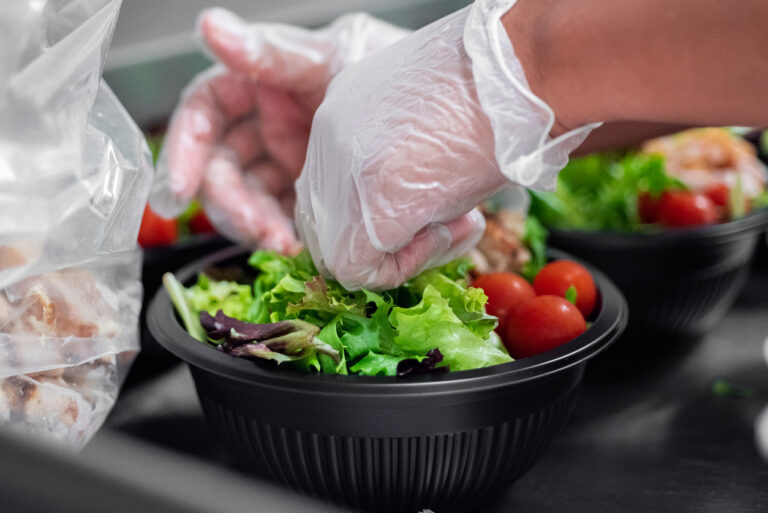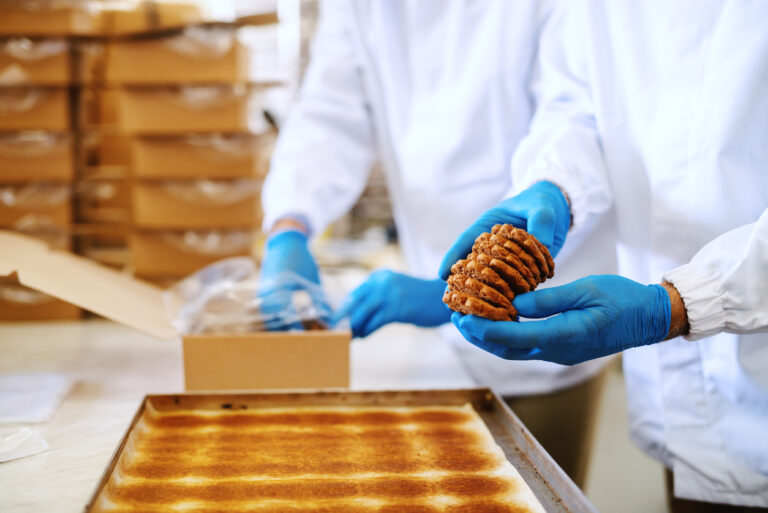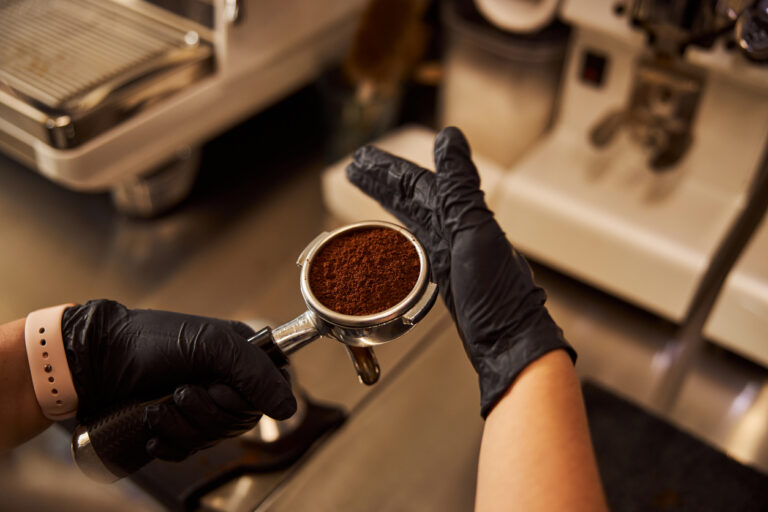Are All Gloves Created Equal?
Assess the Role of Gloves in Your Food Service Procurement Plan

If the past few years have taught us anything, it’s that safety gear is essential to health and safety in the restaurant industry. The gloves you use in your restaurant play a key role in fulfilling food safety requirements. With that being said, not all gloves are created equal. If you want a product that suits your needs and your price point, you’ll want to consider several factors when adding gloves to your food service procurement plan.
The Overlap Between Quality and Price
When developing a food service procurement plan, you’re constantly trying to find a balance between optimal quality items and your budget. The good news is the most expensive product isn’t always necessary. In fact, the most expensive gloves may not even be the best fit for the tasks you need accomplished.

However, a cheaper price tag sometimes comes with a downside. Because many gloves are produced outside of the United States, some manufacturing facilities may have less strict rules about employee welfare. It’s important to vet your glove suppliers as extensively as your food and beverage suppliers.
The Right Gloves for Each Job
Which glove material do you usually opt for in your kitchen? What about when cleaning surfaces or disposing of waste? While some gloves can be used for nearly any job, others may only be ideal for one or two applications. To guide your food service procurement, you can follow this general guide:
- Poly gloves – these gloves are affordable options perfect for plating and serving related tasks. They’re ideal for removing bakery items from cases, making salads, and assembling burgers.
- Latex gloves – these gloves may be strong enough for everything from cooking to cleaning, but they’re rarely recommended as latex allergies are highly common. Using these gloves may not only be dangerous for your staff, but also for your customers, as latex particles can stay on food and be transferred to diners.
- Neoprene – these highly expensive gloves are used in cleaning applications rather than cooking because of their thickness. They’re reusable options for dish washing and janitorial work only.
- Nitrile – these gloves are considered the cream of the crop in the foodservice industry. They provide all the benefits of latex without the safety concerns. They are the most flexible and heat-, chemical-, and pathogen-resistant glove types available today. They’re also tighter fitting and come in many colors which chefs prefer.
- Vinyl – these gloves are for you if you want one glove for all scenarios. While they only have a medium stretch level, they can be used for anything from food prep to plating to cleaning. They’ll suit almost all applications in your front and back of house.
- Stretch-to-fit – these gloves have many of the benefits of vinyl and latex but are easier to put on wet hands, which can be useful in food prep and cleaning applications. Note that these gloves are not ideal for high heat.

If you’re opting for vinyl or nitrile gloves, it’s important to make sure you’re not buying janitorial-grade gloves for food handling. While the gloves themselves may be produced using the same FDA materials, janitorial glove facilities have different sanitation standards. You could be exposing your diners to dangerous germs without realizing.
Draw on Expert Knowledge
When it comes to gloves, you don’t have to have all the answers, because your Foodbuy Foodservice account manager does. Set up a call today to discuss your food service procurement options.

